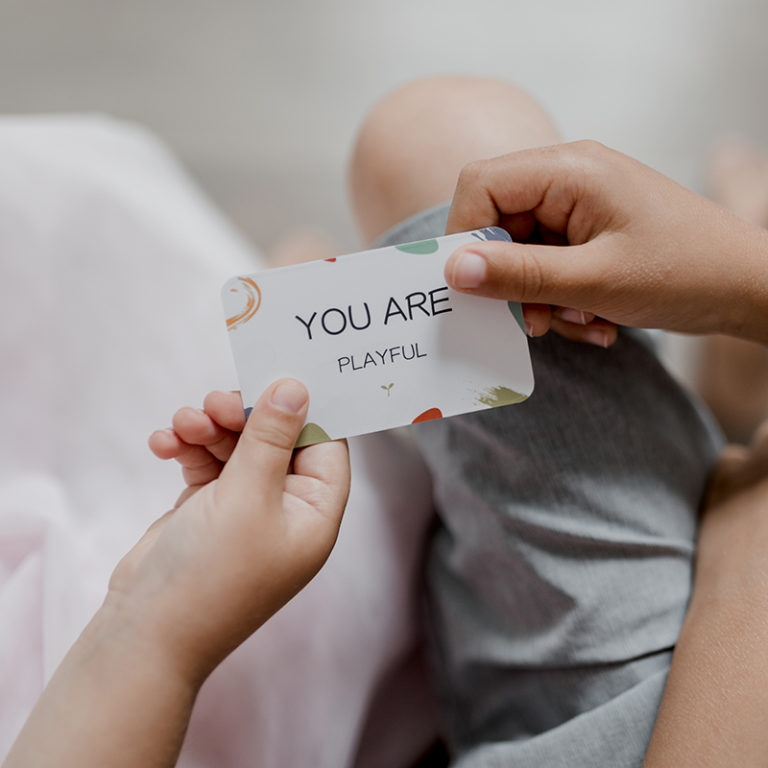July 9, 2021- Branding, Business, Design,
How to Choose Your Brand Colours

Choosing the right colours to represent your brand will help shape the way customers perceive your business.
Your brand colours play a crucial role in creating brand awareness through repetition and recognition. They are used across all aspects of design such as your company logo, website, advertisements, products, staff uniforms, and even in your storefront.
Why Are Brand Colours Important?
Colour is one of the biggest visual cues to evoke feeling and emotion. This is an important persuasive factor in how customers come to recognize, know, and ultimately choose your brand over others.
Understanding the psychology of how colours affect people will allow you to select the right colours to suit your business. Knowing how to combine colour theory and branding will give your business a valuable advantage. It helps to put your team on the right track to implementing coherent design strategies across your company.
But before you start considering colours, you must first establish your brand personality.
Establish Your Brand Personality
As a business, you should have a clear understanding of your goals, target audience, mission, and values. All of these aspects help to form your brand’s personality.
Your brand personality helps clients connect with your company on an emotional level. It communicates various characteristics and qualities of your brand to the customer. Qualities such as friendly, modern, energetic, loyal, or funny.
Establishing your brand personality will help you to get an idea of how you want your target audience to feel when they think about your company. These brand characteristics and feelings will help provide insight into what colours work best for your brand/
Understanding Colour Psychology
Now that you have an idea of your brand personality and how you want your target audience to feel, you can start to relate this to colour theory.
People have been shown to form associations based on colours. These associations cultivate emotional responses and change the way customers perceive your brand. Different colours and even different shades of colour will create very different emotional responses. This is why it’s very important to match your brand personality to the right colours.
Below is a brief summary of some colour associations that you can use to match your brand personality to various colours.
Red– energy, strength, power, danger, love, importance, caution
Orange– friendliness, playfulness, energy
Yellow– happiness, positivity, optimism,
Green– natural, money, freshness, envy, jealousy, health
Light Blue– spiritual, healing, protection, tranquillity, technology
Dark Blue-professionalism, security, loyalty, intelligence
Purple– royalty, luxury, spirituality
Pink-femininity, youth, health, sweet, playful
Black– powerful, edgy, dramatic, classy
White– clean, innocence, purity
Gather Inspiration
Gathering inspiration is a great way to visualize the look and feel that your brand should have.
You can do this by creating a moodboard or starting a Pinterest board of images from which to draw inspiration. Moodboards are a great way to visualize the look of your brand and tie together images that work well with your company.
Try to find images that you believe your target audience would find interesting. It is also helpful to collect images from similar companies to see what colour palettes work for them. This inspiration will also come in handy when creating your brand style guide.
Once you have a strong amount of images on your board, you will begin to see trends and similarities in colour palettes and styles.
Put Together Your Colour Palette
Now that you have an idea of what colours work for your brand, it’s time to narrow it down to a colour palette.
Colour palettes usually contain between 3-4 colours. It is helpful to have one darker colour for fonts, a lighter colours for backgrounds, one colour that pops, and a neutral hue.
Using colour palette generators and online tools such as Adobe Color CC or COLOURLovers is a great way to put together your palette.
Try to come up with a few colour palettes and experiment by seeing how they work in various areas of your design throughout your business.
Professional branding agencies and designers are a great resource if you’re struggling to visualize or finalize your colour palette at this step. A professional eye will be able to compile your inspiration and provide you with the expertise and visual aids necessary to match your brand to a successful colour palette.


